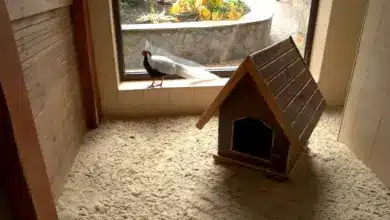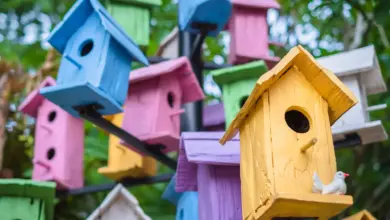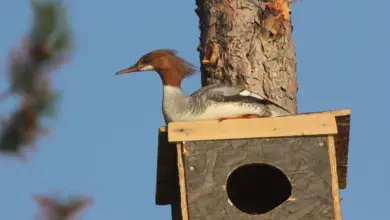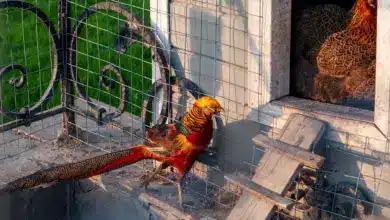Black-crowned Night Herons Breeding
Reproduction / Breeding of the Black-crowned Night Herons aka Night Herons
Migratory birds breeding in North America usually winter in southern United States, Mexico, Central America and the West Indies (Caribbean islands); and those occurring in Europe generally winter in tropical Africa and southern Asia.
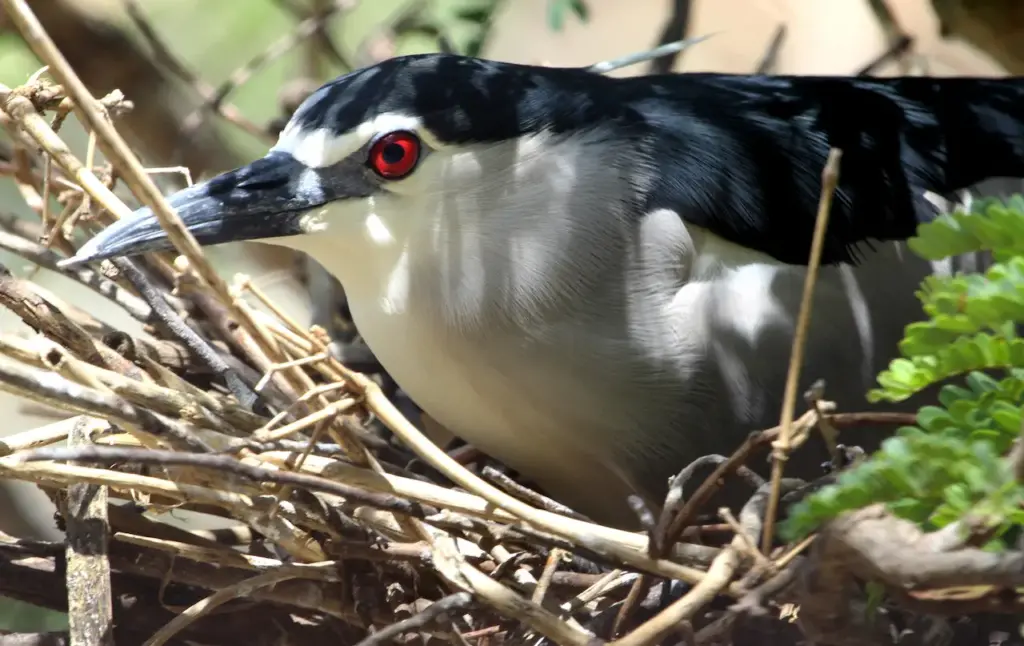
Breeding Habitat
They breed in fresh and salt-water wetlands, including marine islands, swamps, wooded streams, rivers, canals, marshes, mud flats, tropical mangroves, and the edges of lakes and ponds that have become overgrown with rushes and cattails. They have also been observed in agricultural fields and suburbs of large cities.
They generally remain close to water and favored vegetation, such as trees, mangroves and reeds – where they roost, feed and breed.
Breeding Plumage
Breeding birds grow two or three long white plumes on their heads (on the nape – lower back of the neck) that are erected during greeting and courtship displays. The black feathers on the head and back take on a bluish-green gloss. The legs turn pinkish red in color.
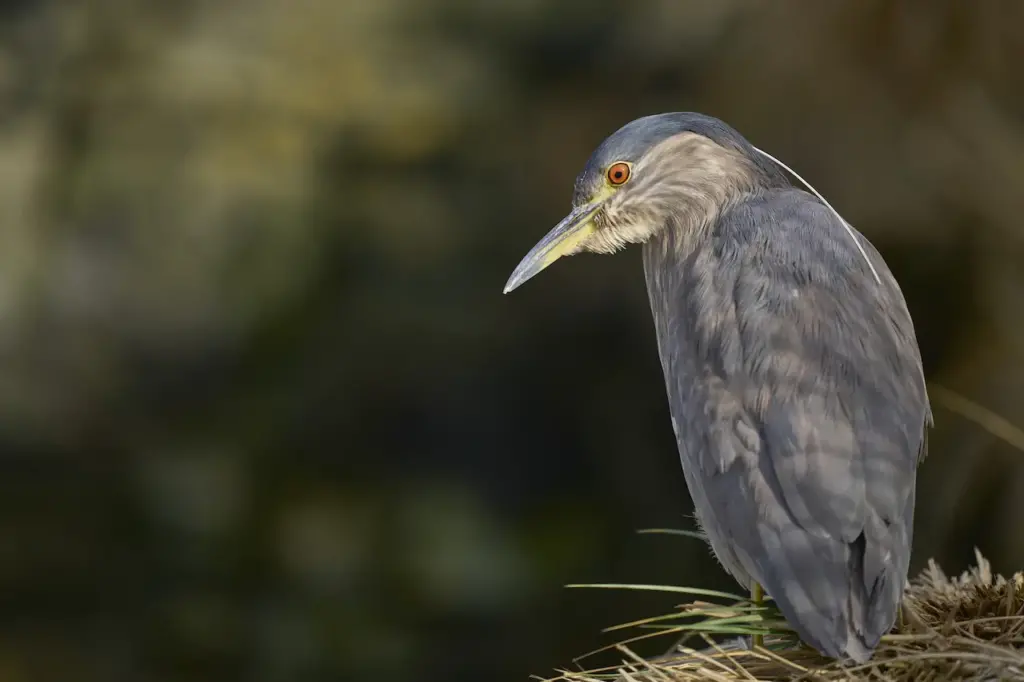
Pairing / Mating
Black Crowned Night Herons reach reproductive maturity when they are about two years old, at which time they pursue potential mates. During the breeding season, their head plumes grow longer, the feathers on the back take on a bluish-green gloss and their legs, feet and lores (areas between the bill and the eyes) turn from blue to pinkish red.
Males perform so-called “Snap Displays” to attract females, during which they walk around in a crouched position, with their heads lowered, snapping their bills together or grasping twigs; followed by the “Advertisement Display” – or Stretch, Snap-hiss, or Song and Dance display.” Males stretch their necks out and bob their heads; and when his head is level with his feed, they give snap-hiss vocalizations while rocking from foot to foot. These courtship displays are mostly performed at night.
Once they found a suitable mate, they are believed to be monogamous. Although in cases where mates are lost for whatever reason, they are likely to replace them.
Males use their nests to attract females. They will present sticks to the chosen females, which gradually changes to nest building. Bonded pairs are frequently observed preening each other.
The act of actual mating (copulation) occurs on or near the nests; and usually takes place within one or two days after a pair bond have been established.
Night Herons appear to breed throughout the year – although most breeding activities appear to occur in spring and late summer. One to two broods are raised a year.
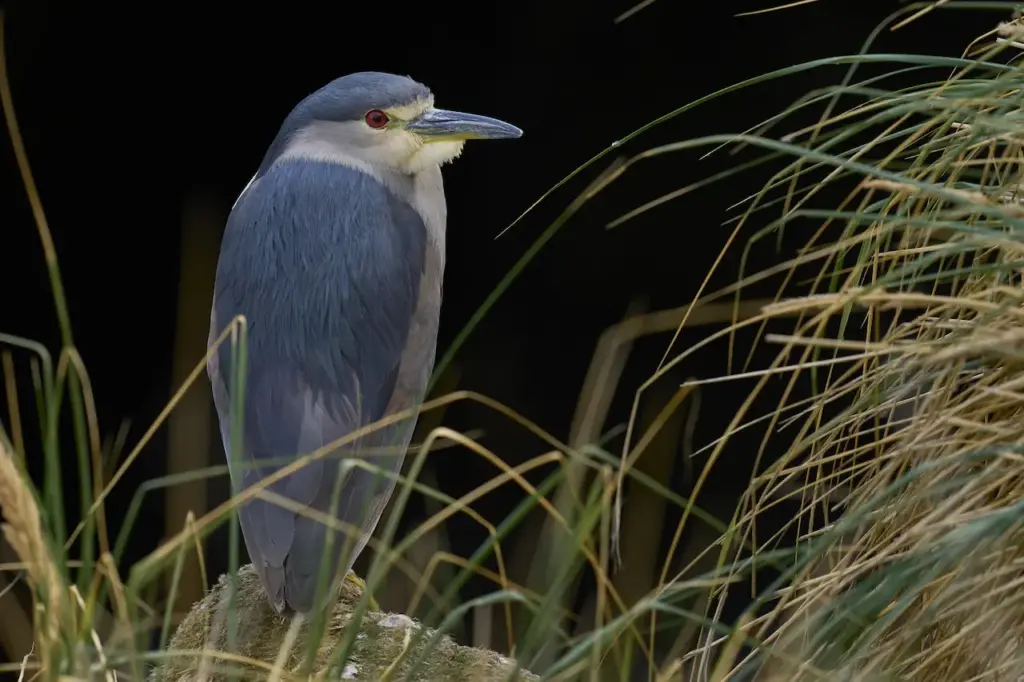
Nesting
Black-crowned Night Herons nest in colonies, sometimes with ibises and other heron species. Some breeding colonies contain tens of thousands of birds. Often a dozen nests or more can be found in one single tree. Some trees (mangroves, in particular) are killed by the weight of the bulky platform nests and heavy coatings of the birds’ droppings, in which case the nesters will have to relocate. However, if possible, they will reuse the same nest for many years.
Nest preparation usually commences by the male either repairing an old nest or building a new one. Males that are already paired up will share this work with their mates. The males will gather the sticks and the females will do most of the construction.
Depending on the area they in, they may nest in mangroves, or in coconut palms up to 160 feet (~ 50 meters) above the ground, as well as in bushes, reeds in marshes, or on grassy tussocks at ground level, in a protected location.
Nests are constructed out sticks, twigs and reeds, and are lined with softer plant materials, such as roots and grass.
The nests of young birds tend to be fragile and haphazard piles of reeds, sticks or twigs. As they reuse their nests over the years, they grow in size and density, and often become very bulky platforms.
Eggs / Chicks
A clutch consists of 1 – 7 pale (the average being 4). The eggs are laid at 2-day intervals. Initially, the eggs are greenish fading to pale blue or green over time. Both parents take turn in incubating the eggs.
The hatchlings emerge about 24 – 26 days later partially covered in white and grey down and with their eyes open. Curiously, Black-crowned Night Herons may not recognize their own young and will readily accept and raise the young of others.
Initially the parents feed the nestlings regurgitated food (partially digested food) and eventually progress to feeding them whole prey. When the chicks are about 2 weeks old, the hungry chicks often scramble out of the nest and wait nearby for their parents to return for the next feeding.
The parents are very protective of their nests and young and will aggressively defend them. If the parents are out hunting and the young are alarmed by possible threads, they will regurgitate their stomach contents onto intruders. By the time they are 3 weeks old, they are already found at the tops of trees and by the time they are six or seven weeks old, they are able to fly well and leave with their parents for the feeding grounds.
Species Research by Sibylle Johnson
Please Note: The articles or images on this page are the sole property of the authors or photographers. Please contact them directly with respect to any copyright or licensing questions. Thank you.
